EXECUTIVE INSIGHTS (2025)
Emergent Dynamics in the Defence Industry
Over recent months, we have engaged extensively with senior executives across the defence sector, capturing real-time perspectives on the shifting landscape of defence manufacturing. A number of key trends have emerged, underscoring both the opportunities and structural pressures currently facing the industry. We synthesise the perspectives of defence executives in our network to highlight how expectations for defence industry delivery are shifting, and what this means for industry and government stakeholders.
Executive Summary
- Output doubling: across multiple business units.
- Delivery timelines halving: speed is becoming the norm.
- Capacity pressure: internal competition for resources is rising.
- Networked delivery: contract manufacturing is expanding.
- Standardisation (modular/MOSA): key to scale.
- Biggest bottleneck: scarcity of defence-specific talent.
Learn more about our Defence and Digital Security & Dual-Use Practice here.
Scaling at Speed: Doubling Across Business Units
Across established defence companies, there is a near-universal narrative: business units are expanding rapidly, with most reporting that output expectations are doubling or more. Growth is driven by a sustained increase in order volumes, fuelled by heightened geopolitical tensions and renewed NATO spending commitments. What was once a stable and measured demand environment has become one characterised by urgent and large-scale procurement activity.
Accelerating Delivery Timelines: A Shift in Industry Culture
One of the most pronounced shifts is the increasing demand for speed. Executives consistently report that programmes which traditionally spanned several years are now expected to be delivered in half the time - or less. This cultural pivot is partly enabled by the inclusion of talent from other sectors such as automotive and aerospace, where speed, efficiency, and lean production are non-negotiable norms. Many leaders express surprise that delays previously accepted in the defence sector are now being challenged and, in many cases, no longer tolerated. The pressure to compress timelines is intensifying and is reshaping expectations across engineering, procurement, and production functions.
For time-critical programmes, our
Executive Interim Management
leaders help stabilise and accelerate delivery.
Capacity Constraints and Internal Competition
While demand is booming, many organisations are struggling to keep pace. Orders are arriving faster than they can be fulfilled, leading to significant pressure on internal resources and manufacturing capacity. In large, matrixed organisations, there is growing competition between programmes and business units for access to production capacity, engineering talent, and supply chain attention. This internal “competition for capacity” is now a defining feature of operational strategy discussions.
Networked Delivery Models and the Extended Supply Chain
In response to these challenges, defence firms are increasingly adopting network-driven operating models. There is a marked shift toward expanded supplier partnerships and contract manufacturing relationships, particularly with mid-tier and specialist providers. Executives note a conscious effort to build flexibility and resilience into their extended supply chains, recognising that agility will not come solely from within their own four walls, but through strategic collaboration and external capacity leverage.
Organisational Agility and Structural Inertia
Despite the external momentum, many executives express concern over internal organisational readiness. Several large defence firms continue to operate with structures that are misaligned to the speed and adaptability required by the current market. Hierarchical decision-making, siloed functions, and legacy governance models are frequently cited as barriers to change. While transformation initiatives are underway across the sector, there is widespread scepticism -particularly among senior leaders -about the capacity of traditional defence organisations to evolve quickly enough.
Our
Board Services support governance modernisation and effectiveness reviews.
Enduring Growth Trajectory
There is broad consensus that growth across the defence sector will continue for the foreseeable future. With NATO member states moving toward increased defence spending thresholds, the underlying demand signal remains strong. However, executives caution that in many countries, budgetary increases will take another one to two years to fully translate into programme-level investment.
Standardisation as an Enabler of Scale
Customisation remains a major barrier to industrial scalability. Many defence firms continue to design products and platforms to the specific requirements of each programme, service branch, or national customer. While this approach has long been the norm, there is growing recognition that future competitiveness depends on increased product standardisation. Leaders point to the need for common platforms and modular design principles that enable faster, higher-volume production and reduce downstream cost and complexity.
Definition MOSA: Modular Open Systems Approach = an integrated technical and business strategy to design systems that are modular, open, and affordable; the preferred approach at the U.S. DoD and codified in law for major acquisitions.
Talent and Workforce Challenges
Finally, talent availability remains a critical bottleneck. The defence industry’s unique development lifecycle and security requirements limit the pool of experienced professionals who can step into critical roles. While demand for skilled labour -particularly in engineering, sales, advanced manufacturing, and programme delivery - is growing sharply, supply remains constrained. Many executives highlight the challenge of finding individuals who not only bring technical excellence but also understand the specificities and regulatory nuances of defence-sector delivery.
Our
Executive Search
team identifies leaders with defence-specific delivery experience.
Conclusion
The defence sector is undergoing a fundamental transformation. Driven by geopolitical urgency and unprecedented demand, companies are being pushed to grow, adapt, and deliver at speed. However, structural limitations expose real risks to execution. The winners in this environment will be those who can industrialise innovation, unlock networked delivery models, and overcome the inertia of legacy systems and mindsets.
Kienbaum’s Defence and Digital Security, and Dual-Use Technology practice partners with both defence-sector companies and dual-use innovators, bridging the gap between military and commercial applications. Whether supporting established industry leaders or emerging disruptors, we provide tailored leadership solutions that help organisations stay ahead of the curve, foster innovation, and seize new opportunities in an increasingly complex global landscape.
Interested in a short executive briefing? Get in touch for a 30-minute session.













